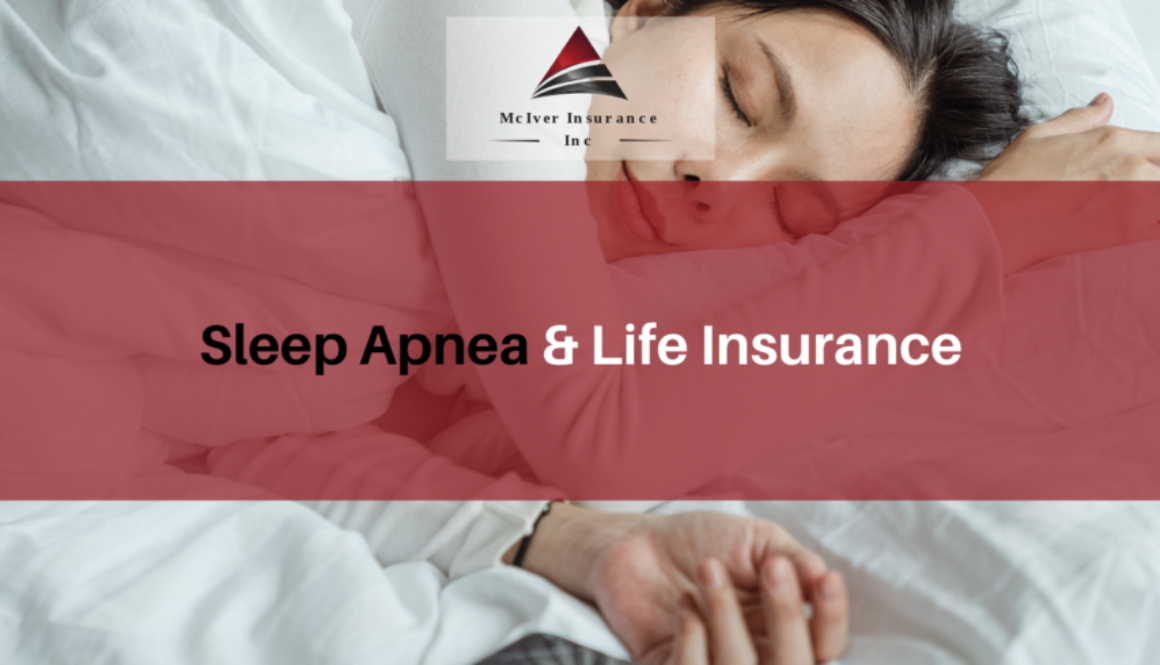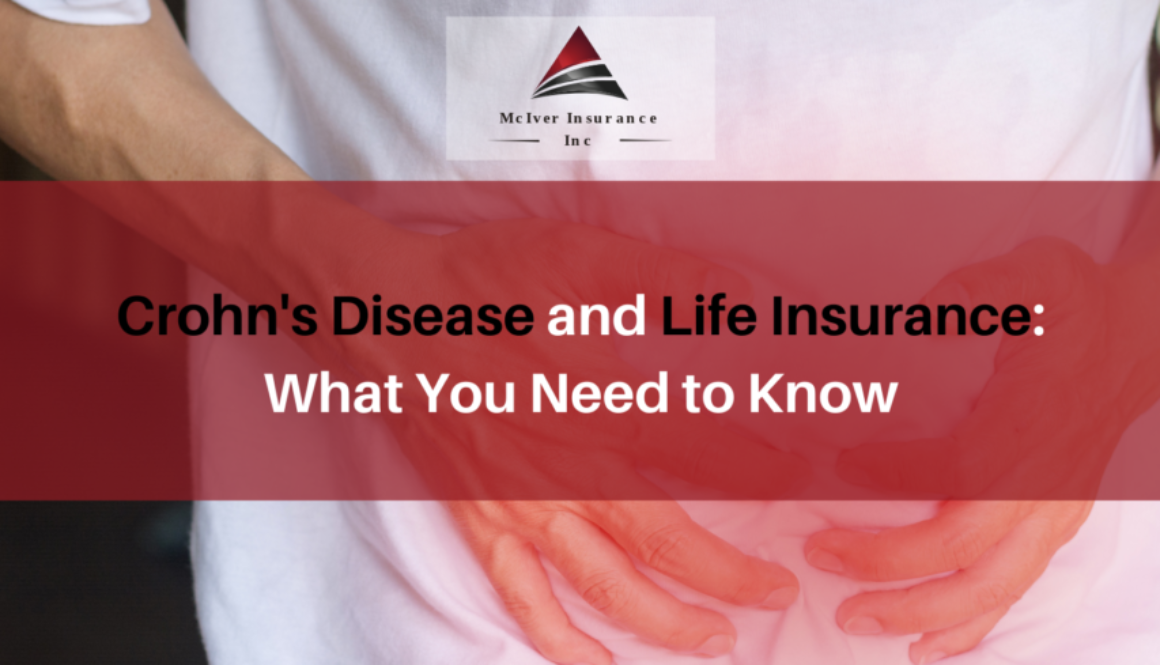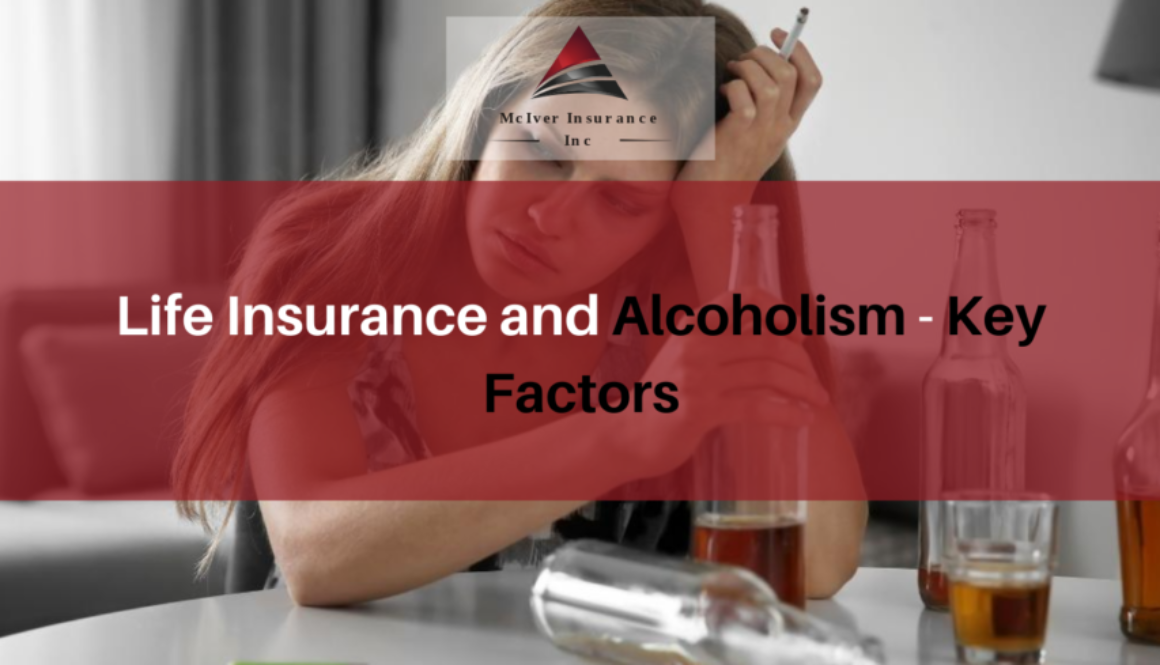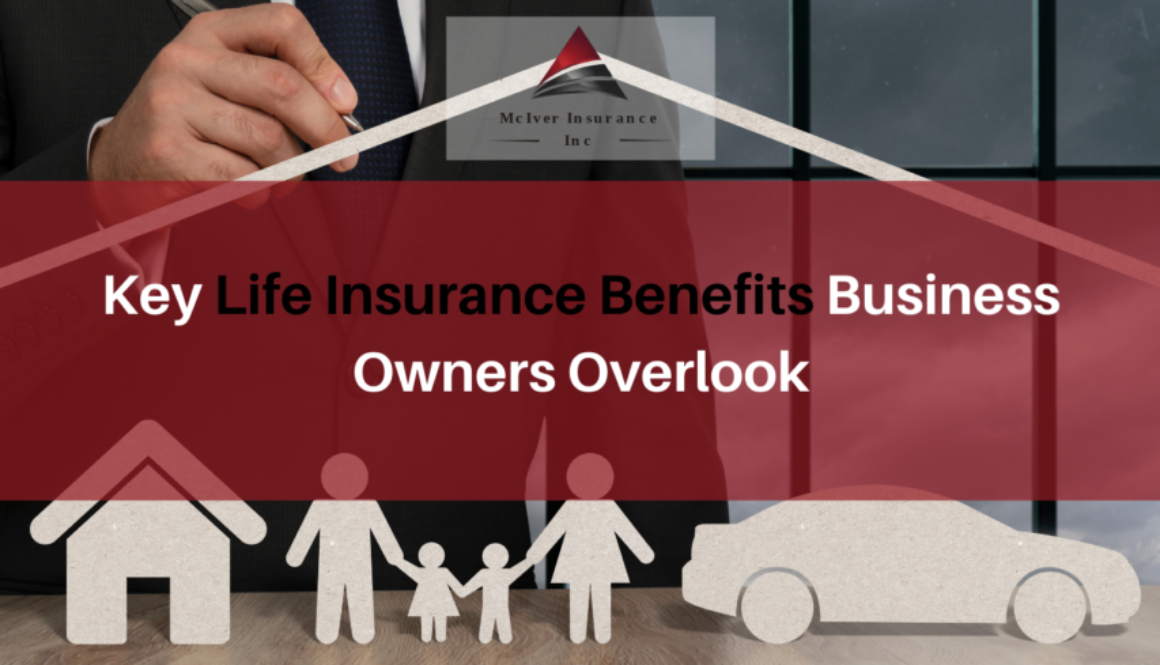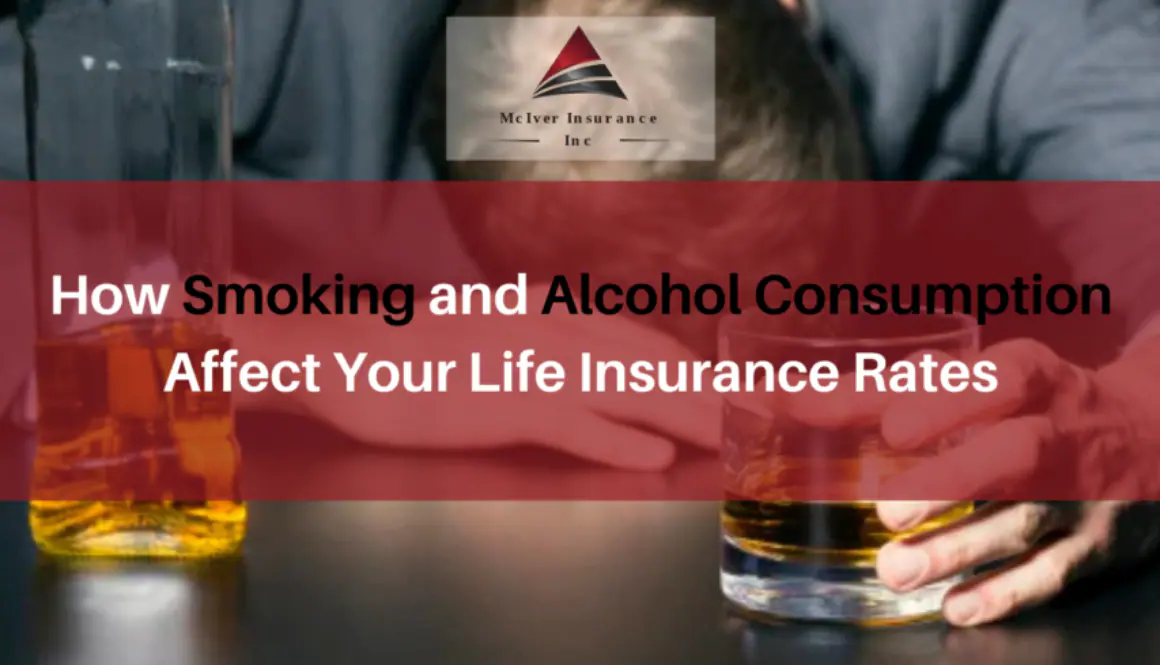What Happens if I Outlive My Term Life Insurance?
Unlike permanent life insurance, term life insurance only lasts for a pre-set period, usually 10, 20 or 30 years.
If you die within that period, your beneficiaries receive a death benefit.
However, if you outlive your term life insurance policy, the policy expires, and you receive nothing. That is, unless you had opted for specific riders, such as a return of premium rider or a conversion rider.
Let’s explore these insurance riders and more to help you decide your best course of action.
Understanding Term Life Insurance
Nearly 90%, or over 22 million Canadians, have some type of life insurance policy, with term life insurance being the most popular type in Canada.
This is because term life insurance is affordable, straightforward, and tailored to financially protect your beneficiaries during the years of your life when financial protection matters most.
Term life insurance is ideal for young families with kids, mortgages, or other big expenses, who need insurance only for a limited time (usually until they are close to retiring or their kids have grown up).
But what happens if your term life insurance policy expires or is close to expiring? What options do you have if you require further coverage? And are there ways to still get money back even if you outlive your term?
What Happens if You Reach the End of Your Term Life Insurance?
When your term life insurance reaches the end of its 10, 20, or 30-year term, the policy automatically expires unless you take steps to renew or convert it (which should be done at least a year before expiration).
To find the exact end date of your life insurance term, contact your insurance provider or look at your policy documentation.
Your coverage will end on the specified date, at which point you and your loved ones will no longer be protected under that policy.
Insurers will usually send a notice a year before your term is set to end, offering options like:
- Renewing the policy annually (often at a much higher rate)
- Converting to a permanent life policy (if your original policy included a conversion rider)
If no action is taken, the policy simply ends, and that’s it. No payout is received, and you don’t need to do anything from your end.
However, if you feel you still require coverage because of lingering debts or dependents who rely on your income, you can explore the following options:
- Extend Coverage Annually
Many term life insurance policies offer a guaranteed renewability provision that allows you to automatically extend your coverage annually for as long as you want on adjusted premium rates.
Premiums increase year over year as you age, which can become expensive. However, as you already have an existing policy, you won’t need to submit a medical exam or any further documentation for continued coverage for as long as you need it.
You could also shop around for a new policy, especially if you are in good health. You never know, you could always find a policy with better terms than those offered by your current provider.
- Convert to a Permanent Life Insurance Policy
If you opted for a conversion rider at the start of your term life insurance policy, you would be eligible to convert your current term life insurance to a permanent or whole life insurance policy without the need for a medical exam.
Permanent life insurance offers lifetime coverage with no expiry date. However, this coverage has higher premiums compared to term life insurance, as payouts are guaranteed.
Top Tip:
To get around the premium hike, you can ask to lower the coverage amount or the death benefit of your new permanent life insurance policy. This way, your premiums remain about the same, and your beneficiaries are guaranteed a payout (be it a smaller amount).
Permanent life insurance policies offer additional benefits as well, including a cash value component, which acts as tax-deferred savings which can come in handy during retirement, used as collateral for loans, or withdrawn to pay for emergencies should they arise.
This type of policy can also play an instrumental role in wealth transfer and estate planning. The payout can help cover estate taxes, leave a legacy for your children, or fund a trust or charitable organization.
- Opt for a Return of Premium Rider
Insurance providers usually offer a range of riders that can be added to your policy. Some of the most common and popular riders include:
- Accidental death benefit: This rider allows your beneficiaries to get an additional payout on top of the existing death benefit were you to die in an accident.
- Waiver of premium rider: If you were to become disabled, this rider allows you to stop paying your premiums while keeping your policy active.
- Return of premium rider: If you outlive your term, this rider allows you to get back all the premiums you paid tax-free.
- Critical illness rider: This rider allows for a lump sum payout should you be diagnosed with a serious or chronic illness.
- Conversion rider: Lets you convert from a term life insurance to a permanent life insurance policy later on without the need for a medical exam.
- Child term rider: Lets you add life insurance for your current and future children.
- Guaranteed insurability rider: Allows you to increase your coverage amount at a future date without the need for health checks or medical exams.
The inclusion of riders or optional features can provide added protection for those with specific needs.
The return of premium rider, for example, allows you to get 50%-100% of the premiums you paid, if you’re still alive when the policy ends. This “refund” is also tax-free. While the total amount will be far lower than the death benefit, at least all of those premium payments you made won’t seem like a waste.
A return of premium rider can only be added to a term life insurance policy when you first purchase it. This is why it pays to consult with a trusted and reputable insurance broker before making a buying decision or before your policy ends.
Halifax’s Most Trusted Insurance Broker Near Me
Everyone’s financial needs are unique. Thus, making sure you get the right policy for you, with the right coverage, and at the right price, requires the help of professionals.
At McIver Insurance Inc., we specialize in group benefits, life insurance, and health insurance for Nova Scotian families and businesses. We have a 5-star Google Rating and incredible testimonials from clients we have served in the past.
Call Pat Now at 1-902-220-3279 or click here to book a free, no-obligation meeting with Pat McIver, BRM, CEBS.
FAQs
Q1) What are the benefits of converting term life to permanent insurance?
Benefits include lifetime coverage, a tax-free savings component, and smoother wealth transfer and estate planning.
Q2) How do I calculate the cost-effectiveness of renewing term life insurance?
Compare the renewal cost of your current policy to the cost and value of other available options, like buying a new term policy or switching to permanent life insurance.
Q3) Can I buy a new term life insurance policy after my current one expires?
Yes, you can. As long as you meet age and health requirements and are comfortable taking a medical exam, you can apply for a new term life insurance policy once your current one expires.
Q4) What should I consider when my term life insurance is nearing its end?
This is the perfect time for you to reassess your financial needs and ask yourself whether you still need insurance or not. If you do, then you should consider options like renewing your current policy, buying a new policy, converting your term policy to a permanent one (if applicable), or talking to a licensed and trusted insurance advisor.

